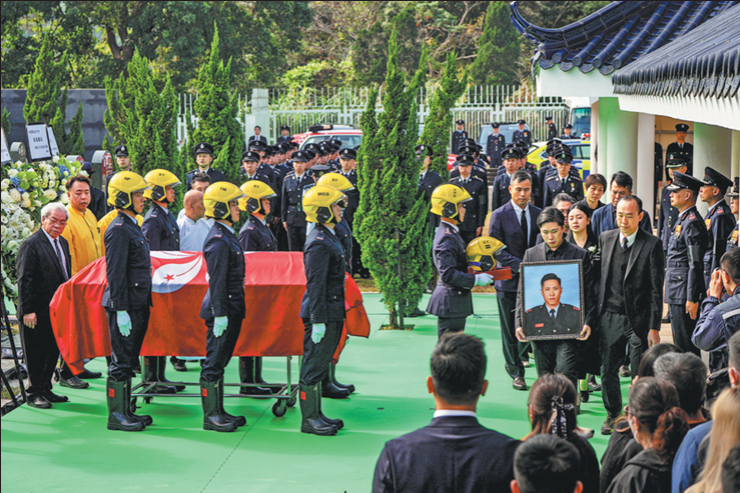Alataw Pass comprehensive bonded zone proves key to linking Central Asia, Europe
By ZHOU JIN | chinadaily.com.cn | Updated: 2023-11-06 14:34

At a warehouse of the custom clearance center for the cross-border e-commerce of the Alataw Pass comprehensive bonded zone, a batch of made-in-china computers are being loaded onto a cargo truck, waiting to be transported to Moscow.
Having traveled all the way from Shenzhen, Guangdong province, they are waiting for the last permission needed before leaving China from the border port in Northwest China's Xinjiang Uygur autonomous region.
"It usually takes six hours to reload these export goods, but the streamlined and smart custom clearance system has facilitated cargo clearance, boosting the speed by two to three times compared to the previous years, saving us two days on transportation," said Wei Xilin, who works for a local supply chain company.
"After the clearance, the truck will head to Kazakhstan and, after 10 to 12 days, it will arrive at the destination," he said.
The cross-border e-commerce business was launched in the Alataw Pass in January 2020, and a comprehensive service platform as well as an international logistics information service platform were established to better promote foreign trade, said Su Bude, who works for the e-commerce custom clearance center.
The Alataw Pass is key to unlocking the shortest rail transportation route linking Central Asia and Europe, it enables exporters to reach Central Asian countries in just three to five days and Europe in nearly 10 days, he said.
This innovative approach not only significantly reduces costs but also cuts off about 80 percent of airfreight expenses and shortens transit times by 60 percent compared to traditional sea shipping, he said.
In addition to e-commerce, the Alataw Pass comprehensive bonded zone also attracted a large number of foreign trade enterprises due to its location advantages, preferential policies and customs clearance efficiency.
Now a total of 813 enterprises have settled in the zone, including LPG piping supply, food processing and international logistics, according to local statistics.
The reason to invest and build a factory here is to expand business with countries participating in the Belt and Road Initiative, and the cost are also lowered, said Zhang Faqi, who works for a bulk grain transportation company.
At present, the import of grain and oil crops primarily relies on three transportation modes, namely the containers, trucks carrying small bags of grain, and specialized bulk grain transport vehicles.
Zhang said that the specialized bulk grain transport vehicles stand out as a preferred choice due to their high transport capacity, shorter transportation cycles, and efficient loading and unloading processes.
This transportation mode has proven to be a cost-effective solution for importing grain and oil crops, he said.
This year, over 300,000 tons of wheat from Kazakhstan has entered the zone through the specialized transport vehicles, Zhang said.
























